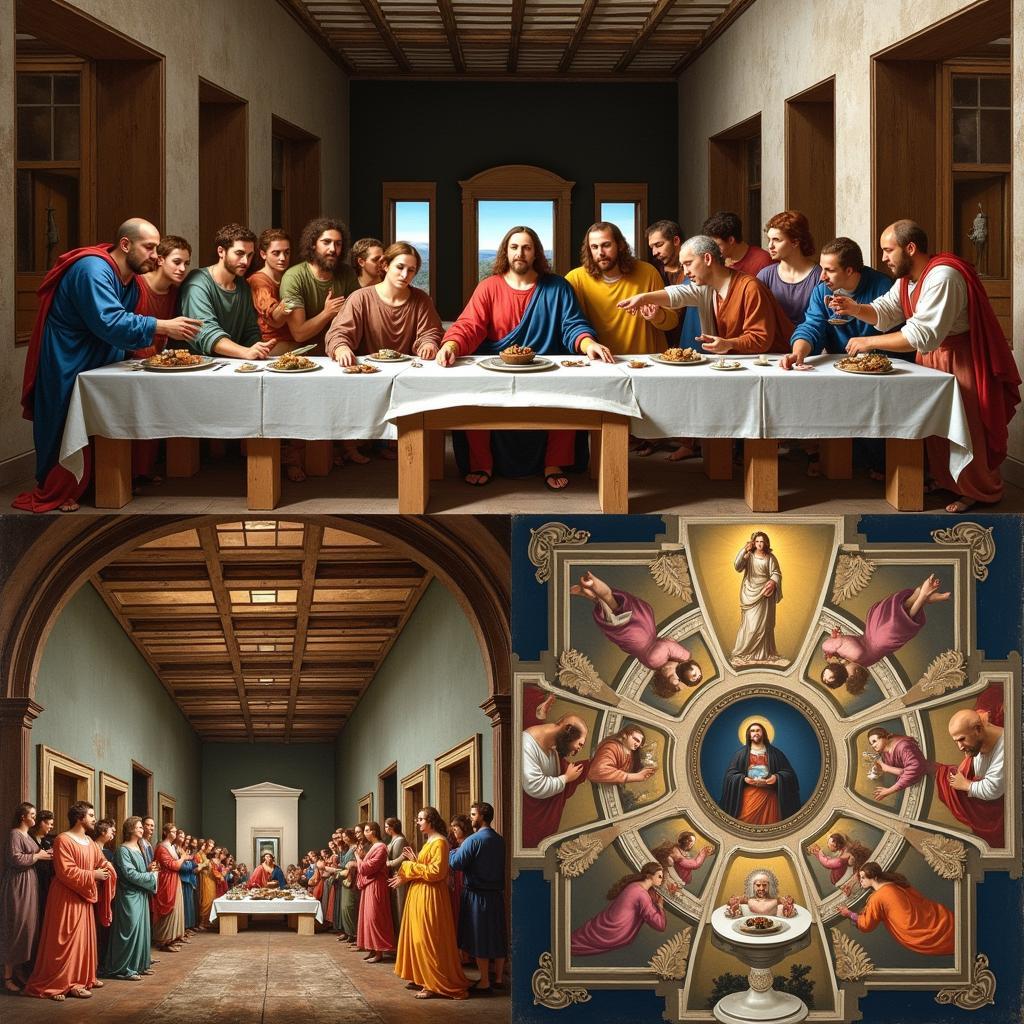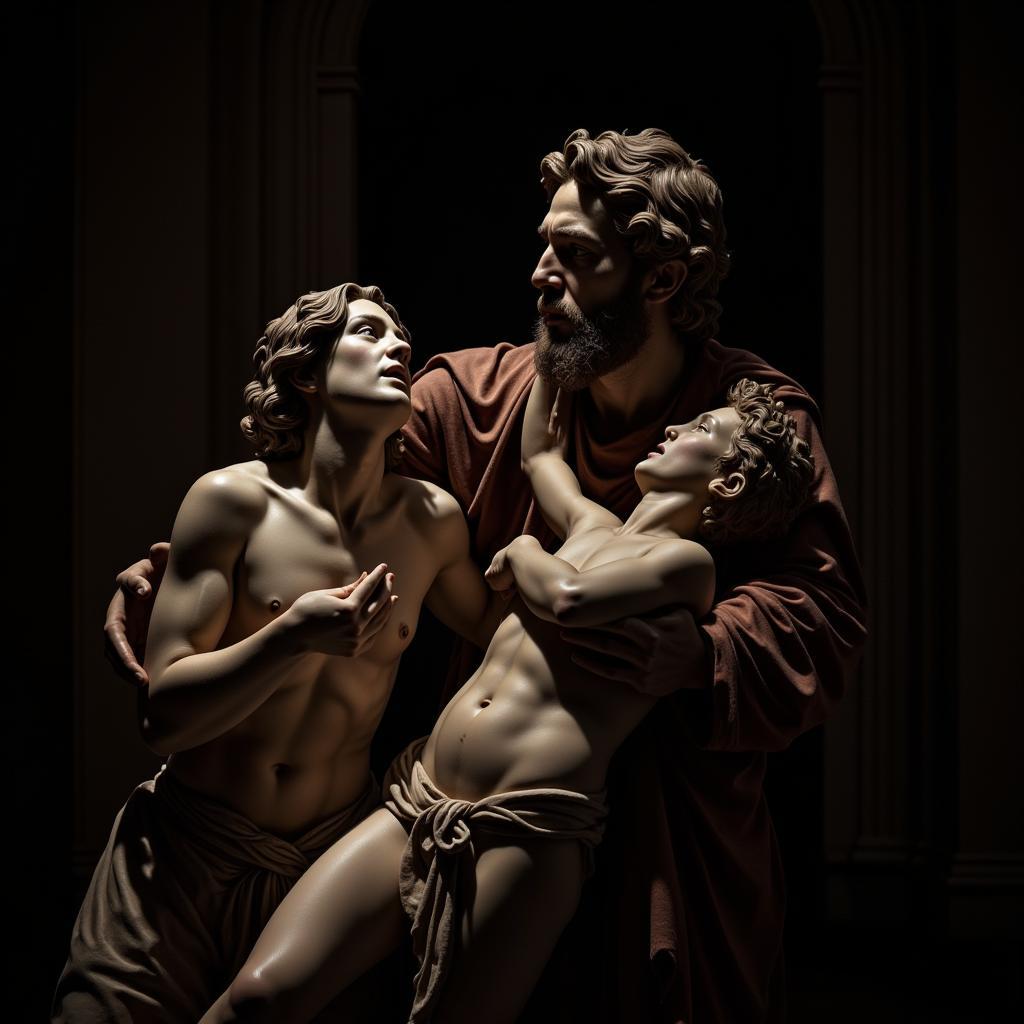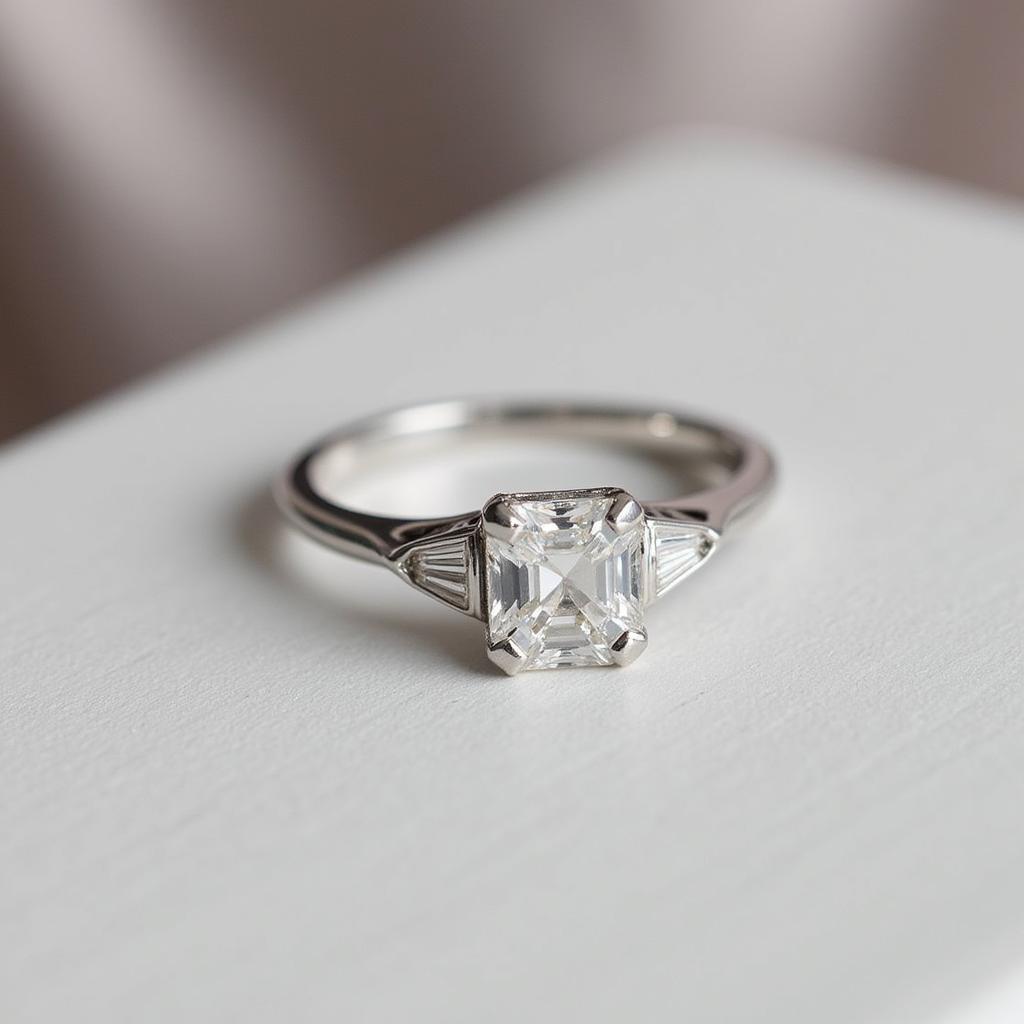Exploring the Divine: A Journey into Classic Religious Art
Classic Religious Art offers a captivating glimpse into the spiritual beliefs and artistic traditions of various cultures throughout history. From iconic Renaissance masterpieces to ancient Byzantine mosaics, these works of art serve as powerful expressions of faith, devotion, and the human desire to connect with the divine. Let’s embark on a journey to explore the fascinating world of classic religious art.
 Renaissance Religious Art Masterpieces
Renaissance Religious Art Masterpieces
The Power of Symbolism in Classic Religious Art
Classic religious art often employs rich symbolism to convey complex theological concepts and narratives. Understanding these symbols can unlock deeper layers of meaning within the artwork. For instance, the halo, a common motif in Christian art, signifies holiness and divine light surrounding the head of a sacred figure. Similarly, the use of specific colors, such as gold for divinity and blue for purity, adds further layers of symbolic significance. What other symbols can you identify in fine art florals?
Decoding the Iconography
From depictions of biblical scenes to representations of deities, classic religious art utilizes iconography to tell stories and communicate spiritual truths. Recognizing these iconographic elements is crucial to understanding the narrative and message conveyed by the artwork. For example, the image of a lamb in Christian art often represents Christ as the sacrificial lamb of God.
![]() Religious Iconography in Christian Art
Religious Iconography in Christian Art
The Evolution of Styles and Techniques
Classic religious art has evolved across different periods and cultures, showcasing a diverse range of artistic styles and techniques. From the intricate details of Byzantine mosaics to the realistic portrayals of Renaissance paintings and the expressive power of Baroque sculptures, each artistic movement has contributed its unique perspective to the depiction of religious themes. Can you see the influence of greek landscape art in some of these works?
From Byzantium to the Baroque
The evolution of classic religious art reflects the changing social, political, and religious landscapes of different eras. Byzantine art, characterized by its stylized figures and gold backgrounds, conveyed a sense of otherworldly beauty and spiritual transcendence. In contrast, Renaissance art embraced naturalism and humanism, bringing religious figures down to earth and emphasizing their human qualities. The Baroque period further amplified the drama and emotionality of religious art through dynamic compositions and theatrical lighting.
Expert Insight: “The evolution of classic religious art is a testament to the enduring power of human creativity to express the deepest aspects of our spiritual experience,” says Dr. Amelia Rossi, Art Historian and Curator at the Museum of Religious Art.
 Baroque Religious Sculptures with Dramatic Lighting
Baroque Religious Sculptures with Dramatic Lighting
What inspires classic religious art?
Often, classic religious art is inspired by biblical narratives, the lives of saints, and spiritual visions. Artists sought to capture the essence of these narratives and convey their spiritual significance to the viewer.
How has classic religious art influenced contemporary art?
Even in contemporary art, we can see the enduring influence of classic religious themes and iconography. Artists continue to engage with these themes, reinterpreting them in new and innovative ways. What are your thoughts on oil reproduction art and its connection to these classic pieces?
Expert Insight: “Classic religious art provides a rich visual vocabulary that continues to inspire and challenge contemporary artists,” notes Professor David Miller, Professor of Art History at the University of Fine Arts. “It offers a timeless source of inspiration for exploring themes of faith, spirituality, and the human condition.”
Conclusion
Classic religious art provides a powerful lens through which to explore the history of art, religion, and culture. By understanding the symbolism, iconography, and stylistic evolution of these works, we can gain a deeper appreciation for their enduring beauty and spiritual significance. Classic religious art continues to captivate and inspire us, reminding us of the enduring human quest for meaning and connection with the divine. Perhaps, you might also be interested in dionysus god art.
FAQ
- What are some of the most famous examples of classic religious art?
- How can I learn more about the symbolism in religious art?
- What are the key characteristics of Byzantine religious art?
- How did the Renaissance change the way religious subjects were depicted in art?
- Where can I see classic religious art in person?
- What is the difference between a fresco and a tempera painting?
- What role did patronage play in the creation of classic religious art?
For further assistance, please contact us at Phone Number: 02462573573, Email: [email protected] or visit us at Savico Megamall, 7-9 Đ. Nguyễn Văn Linh, Gia Thụy, Long Biên, Hà Nội 10000, Việt Nam. We have a 24/7 customer support team.



